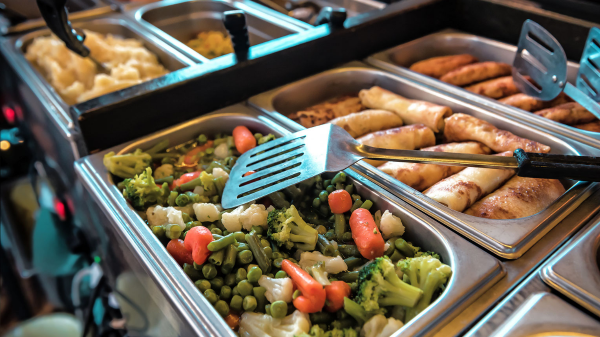The International Fresh Produce Association (IFPA) BB #:378962 made produce prescriptions the centerpiece of its Produce Moonshot recommendations for the U.S. government issued in July 2022. A closer look at IFPA’s moonshot nutrition recommendations – Produce Blue Book
One recommendation: “Produce prescriptions and financial incentives for all Americans. The plan calls for ‘Food is medicine’ interventions—including medically tailored meals and groceries as well as produce prescriptions.” https://www.freshproduce.com/who-we-are/press-center/2022/ifpa-drives-strategy-at-white-house-conference-on-hunger-nutrition-and-health/
But I doubt that such a measure, however well-intentioned, is likely to have much effect on fresh produce sales or consumption.

Why would I say such an awful thing?
Intuitive misgivings aside, I see an article in the Washington Post by Daphne Miller, a physician who says she has “prescribed food to my patients to prevent and treat chronic health problems” ever since she was “a doctor fresh out of residency.” https://www.washingtonpost.com/health/2023/01/08/food-medicine-prescriptions-doctors/
But some patients haven’t been able to afford the healthy food she has prescribed. Healthy food—rich in fruits, vegetables, and fish—is “two or three times more expensive” than unhealthy, calorie-heavy diets, according to C. Peter Timmer, a Harvard professor emeritus who is one of the world’s leading experts on the global food supply.
California and some other states have tried to solve this problem by permitting Medicaid to pay for some food for patients with diet-related conditions.
“As a result, I now prescribe ‘Medically Supportive Food,’ or MSF, for some patients—a weekly bag of groceries, or up to three daily meals—paid for as if it were a medication,” Miller writes.
Unfortunately, as Miller points out, food is not a prescription drug. Drugs are standardized. Doctors prescribing 20 milligrams of X drug can be confident that patients will get that drug, manufactured under the most rigorous standards. But what exactly is MSF?
As Miller indicates, what constitutes MSF is vaguely specified. If you want to see California’s criteria, go to page 50 of this document: https://www.dhcs.ca.gov/Documents/MCQMD/DHCS-Community-Supports-Policy-Guide.pdf
And who is supplying MSF food? Vendors specializing in it. And what are they supplying?
Well . . .
Miller quotes Dennis Hsieh, a physician and chief medical officer of the Contra Costa Health Plan, based in California, who says that “at the end of the day,” his basic criteria for vendors are “that they get the food to patients and that they are not giving them McDonald’s and charging us for it.”
Miller mentions one such vendor, GA Foods in Florida. Its menu does not exactly read like a roster of health food. “Chick’n Nuggets,” served with warm rice salad and sweet potatoes, comes with 822 milligrams of sodium.
I guess it’s OK. The standard recommended amount of sodium is 2,300 milligrams a day, so three meals of Chick’n Nuggets, at 2,466 milligrams, goes just a little bit over that amount. And most of GA’s meals have far less sodium than that.
In any event, so far nutritional prescriptions have mostly meant ready-prepared processed meals. No doubt they are healthier than the standard fare at Popeye’s Louisiana Kitchen—but they are not fresh fruits and vegetables.
If the federal government does include increased provisions for MSF in its programs, it is very likely to look like what California and other states are doing.
I don’t see that much expansion of fresh fruits and vegetables in the American diet will come out of this.



